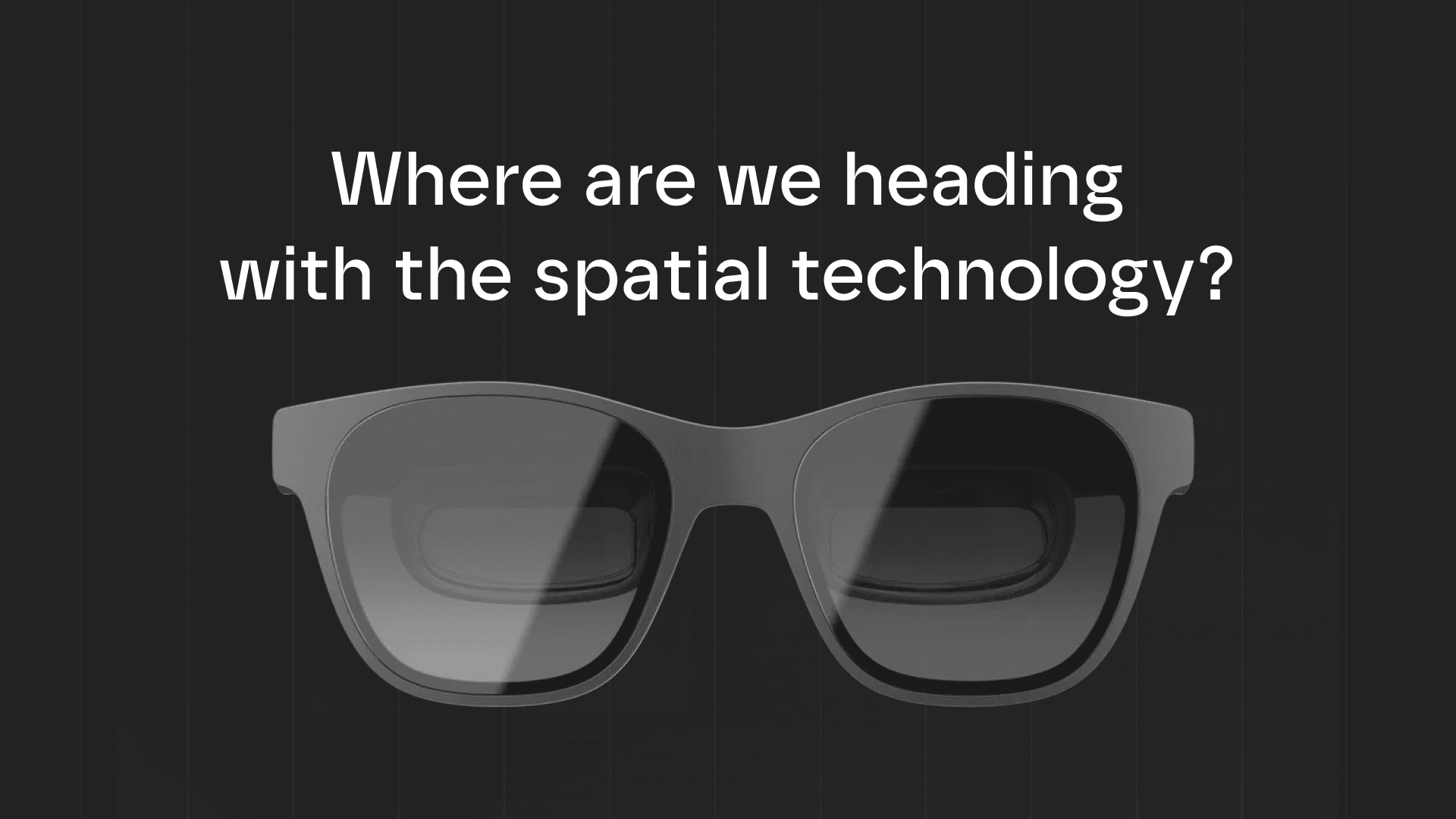This entire article is a bit personal for me, as my career started with Zillusion Studios, where the aim was to create VR experiences for entertainment and educational purposes.
These new sets of devices are magical. They transport you to an unknown world, changing your perspective and allowing you to get lost in the experience.
I fell in love with the spatial world when the first trailer for Unreal Engine 5 was launched. I did some freelancing, built my RTX-enabled PC, and purchased an Oculus in collaboration with two friends (though I eventually acquired 100% of it since I was the one using it all—damn college days!

I still use the Oculus Quest 2 to this day, despite its frustrating battery life of a maximum of 40 to 50 minutes. It gets the job done, bare minimum. But it was my introduction to this new VR world.
Ever since getting my Oculus and discovering Unreal Engine, I’ve dreamed of how these new tech enablers will feel once the masses get their hands on them.
I have a love-hate relationship with VR headsets and the entire spatial industry, especially regarding the bulkiness of the devices—be it the Meta Quest 2, Apple Vision Pro, Pico, or any others out there.
They are just too cumbersome to wear comfortably, making you feel alienated. Some may enjoy the attention, but the introvert in me would never be comfortable with that.
Hypothesis for a consumer ready mixed reality device
I’ve always imagined small AR devices that could enable similar experiences. I kind of knew that the first glasses to hit the masses would have a few key characteristics:
1. AR architecture, because VR is too immersive for the real world.
2. Small size so you don’t feel burdened by yet another device.
3. Wireless and standalone.
Just a small pair of glasses that are wirelessly connected and AR-enabled.
Meta's Project Orion
The introduction of “Project Orion,” everything changes. I feel we’re getting closer to the first consumer-ready, portable AR device.

I’m excited about it, while also being concerned. It’s a love-hate relationship, as I mentioned.
Many people are calling this “The iPhone Moment.” It really could be. It checks all the right boxes to shake up the market and the world in the long term.

That said, I know we’re just a couple of months away from other competitors launching even better devices. That’s the thing with technology: there’s always something better, and it never stops. :)
Some exciting use-cases
Here are some use cases and possibilities for this kind of device:
Case 1
It was a typical Bengaluru weekend, and after a long, hectic workweek, a few friends and I wanted to grab some delicious cuisine. But, as always, we forgot to make a reservation.
Now we’re just roaming the streets of Indiranagar, hoping to find a good restaurant with available tables.
How about I turn on my glasses from standby so I can see the live waiting times for restaurants through my super powerful, yet comfy AR glasses? Just imagine having real-time wait durations for all major restaurants, powered by Dineout, let’s say.
Case 2
Imagine, not needing to look at your mobile phone for navigation in an unknown city, with all directional cues visible right in front of you.
I can’t imagine how much convenience this adds to consumers on a day-to-day basis. These are just two examples of the potential applications for the glasses.
Verdict:
We can’t stop evolution. AI and spatial tech are going to change everything for us and for future generations. And this is just the beginning.
